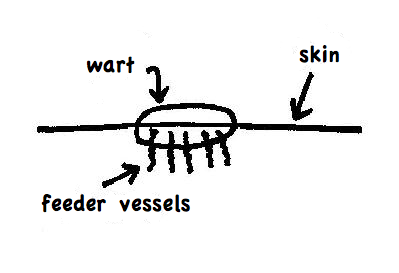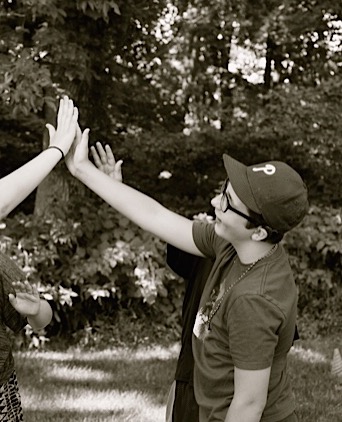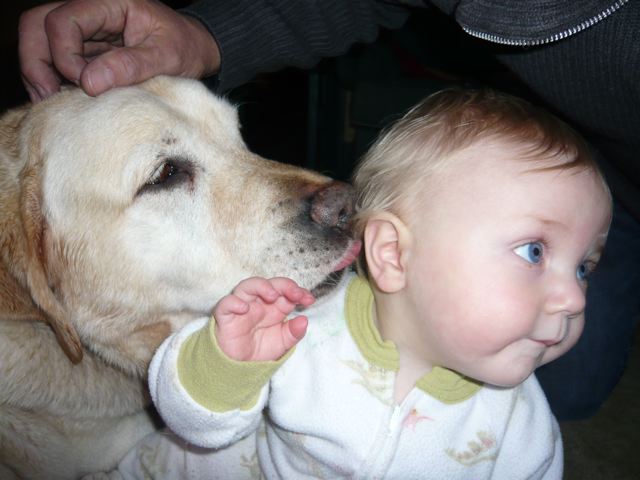
Photo by Lexi Logan
We welcome Bereavement Counselor Amy Keiper-Shaw who shares with us how to discuss the death of a pet with your child.
–Drs. Lai and Kardos
When I first graduated from college I worked as a nanny. One day the mom shared with me that their family goldfish recently died. As this was her daughter’s first experience with death, we schemed for nearly 20 minutes to find the best way to talk to her child. The mom and I thought it could be an excellent teaching moment.
We pulled the girl away from her playing to explain that the fish had died. We told the girl we’d help her have a funeral if she wanted, and we would find a box (casket) to bury the fish so she could say her goodbyes. We explained what a casket was and what a funeral was in minute detail. After our monologue we stopped, we asked if she had any questions.
After a slight pause she asked, “Can’t we just flush it?”
The lesson I learned from that experience, and still use to this day, is to keep things simple, and know my audience. Sometimes as parents we overcompensate for our own fears and make situations more challenging than they need to be.
Here are some tips on how to talk to your children about pet loss:
Tell your child about the death, and then pause. Ask her what she thinks death means before moving on with further explanations. This will help you know if she has questions or if she has enough information for the moment. Children often need a small amount of information initially and will later come back to you several times later to ask more questions after they process the information.
Remember to express your own grief, and reassure your child that many different feelings are ok. Be sure to allow children to express their feelings. If your child is too young to express herself verbally, give her crayons and paper or modeling clay too help express grief.
Avoid using clichés such as: Fluffy “went to sleep.” Children may develop fears of going to bed and waking up. The phrase “God has taken” the pet could create conflicts in a child and she may become angry at a higher power for making the pet sick, die, or for “taking” the pet from them.
Be honest. Hiding a death from a child can cause increased anxiety. Children are intuitive and can sense is something is wrong. When the death isn’t explained they make up their own explanation of the truth, and this is often much worse than the reality of what occurred.
Children are capable of understanding that life must end for all living things. Support their grief by acknowledging their pain. The death of a pet can be an opportunity for a child to learn that adult caretakers can be relied upon to extend comfort and reassurance through honest communication.
Developmental Understanding of Death
Two and three-year-olds
Often consider death as sleeping, therefore tell them the pet has died and will not return.
Reassure children that the pet’s failure to return is unrelated to anything the child may have said or done (magical thinking).
A child at this age will readily accept another pet in the place of a loved one that died.
Four, five, and six-year-olds
These children have some understanding of death but also a hope for continued living (a pet may continue to eat, play & breathe although deceased).
They can feel that any anger that they had towards the pet may make them responsible for the pet’s death (“I hated feeding him everyday”).
Some children may fear that death is contagious and could begin to fear their own death or worry about the safety of their parents.
Parents may see temporary changes in their child’s bladder/bowels, eating, and sleeping.
Several brief discussions about the death are more productive than one or two prolonged discussions.
Seven, eight, and nine-year-olds
These children have an understanding that death is real and irreversible.
Although, to a lesser degree than a four, five, or six-year-old, these children may still possibly fear their own death or the death of their parents.
May ask about death and its implications (Will we be able to get another pet?).
Expressions of grief may include: somatic concerns, learning challenges, aggression, and antisocial behavior. Expression may take place weeks or months after the loss.
Adolescents
Reactions are similar to an adult’s reaction.
May experience denial which can take the form of lack of emotional display so they could be experiencing the grief without outwards manifestations.
Resources:
Petloss.com– a gentle and compassionate website for pet lovers who are grieving the death or an illness of a pet- they have a Pet Loss Candle Ceremony every week
Your local veterinarian- often your veterinarian has or knows of a local pet loss group
Handsholdinghearts.org– our group of counselors offer grief support to children, teens, and their families centered in Bucks County Pennsylvania.
Books on pet loss for children:
Badger’s Parting Gifts (children) by Susan Varley
Lifetimes by Brian Mellonie & Robert Ingpen
The Tenth Good Thing About Barney (children) by Judith Viorst
Amy Keiper-Shaw, LCSW, QCSW, GC-C
©2013, 2018 Two Peds in a Pod®
Amy Keiper-Shaw is a licensed grief counselor who holds a Masters Degree in clinical social work from the University of Pennsylvania. For over a decade she has served as a bereavement counselor to a hospice program and facilitates a bereavement camp for children. She directs Handsholdinghearts, a resource for children who have experienced a significant death in their lives.
 To complete our autism awareness month posts, the following is a speech that a friend of Dr. Kardos’s with autism gave to his classmates a few years ago when he was fifteen.
To complete our autism awareness month posts, the following is a speech that a friend of Dr. Kardos’s with autism gave to his classmates a few years ago when he was fifteen. 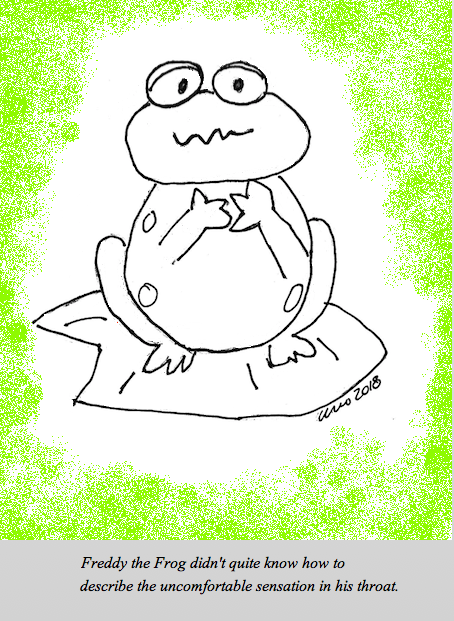
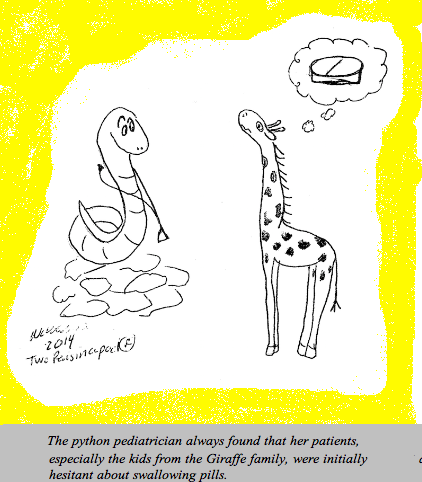 Does your kid spit out medicine? Clamp her jaws shut at the sight of the antibiotic bottle? Refuse to take pain medicine when she clearly has a bad headache or sore throat?
Does your kid spit out medicine? Clamp her jaws shut at the sight of the antibiotic bottle? Refuse to take pain medicine when she clearly has a bad headache or sore throat?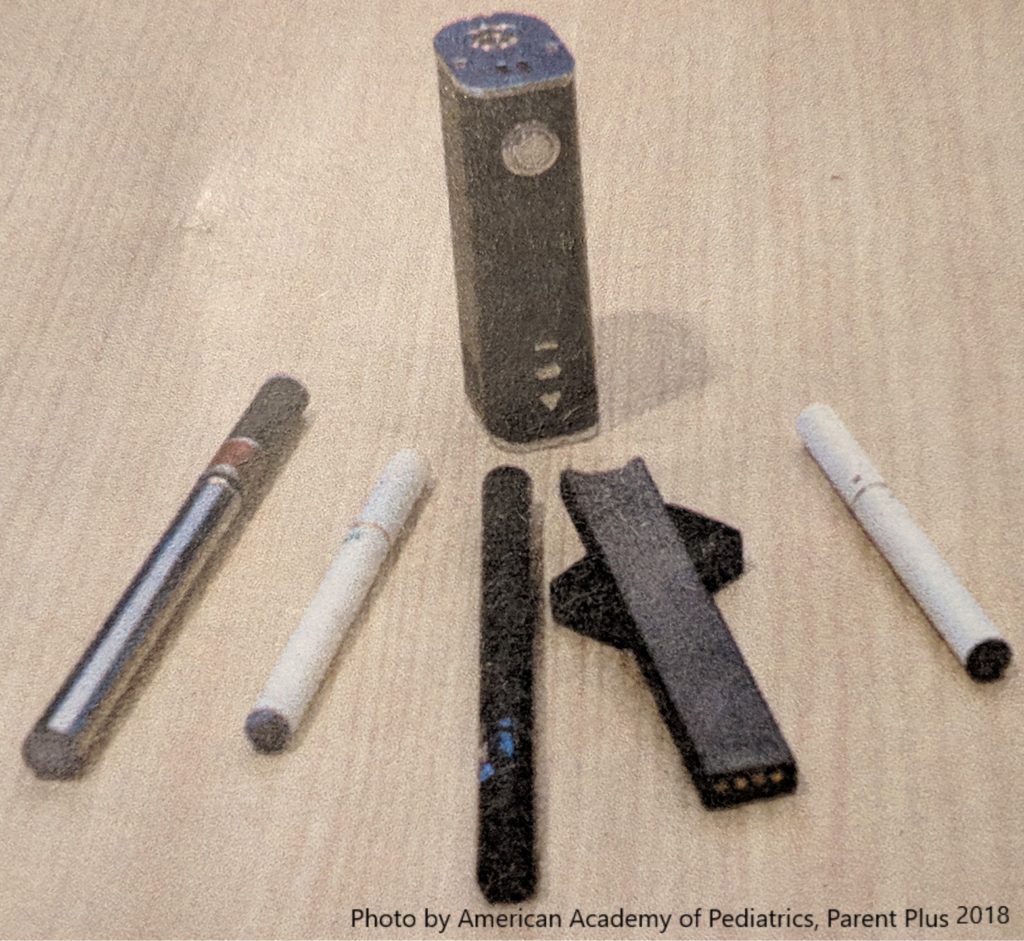 It’s time for another Two Peds in a Pod photo quiz.
It’s time for another Two Peds in a Pod photo quiz.
